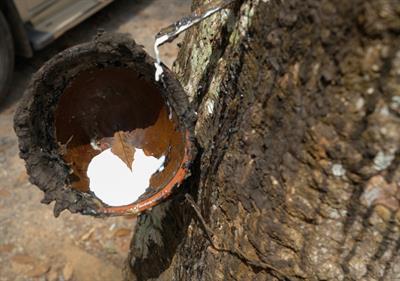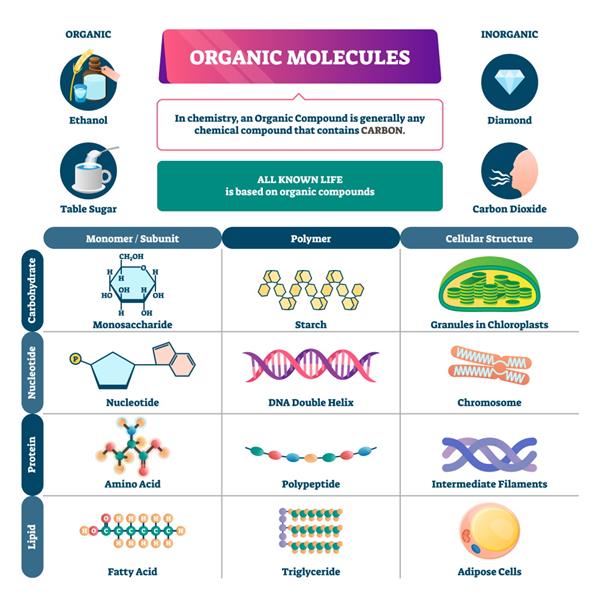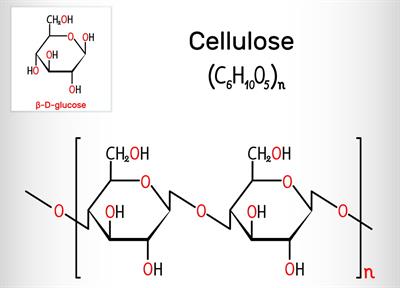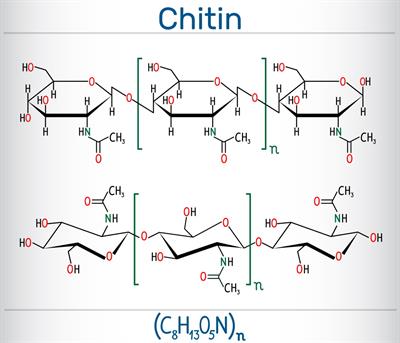
PUMPA - SMART LEARNING
எங்கள் ஆசிரியர்களுடன் 1-ஆன்-1 ஆலோசனை நேரத்தைப் பெறுங்கள். டாப்பர் ஆவதற்கு நாங்கள் பயிற்சி அளிப்போம்
Book Free DemoTypes of polymers:
Polymers can be classified into natural and synthetic polymers based on their sources of origin.
Natural polymers
Natural polymers occurs in nature and also can be extracted from nature. These are found in living systems such as protein, DNA, RNA, carbohydrates etc. They play a very important role in living things.

Natural rubber extract
Lets now see some of the natural polymers and its importance.

Cellulose:
The structure of cellulose is as follows in the below image. The glucose molecule is the monomer in cellulose.

Cellulose
Cellulose is an example of carbohydrate polymers. Cellulose is the major constituent of plant and trees. This is an excellent fibre. They are crystalline and insoluble in nature.
Cellulose plays a vital role in the human diet. Humans cannot digest cellulose (that is they cannot be broken down into smaller constituents), but it passes through our systems unchanged and acts as bulk or roughage that helps our intestines' movements.
Cotton is the best example for cellulose. Cotton fabrics on washing and ironing becomes smooth, and flats is an interesting character of cellulose. Since cellulose is insoluble, they are used to manufacture paper, explosives, plastics, and films.
Chitin:

Chitin
This is the most abundant polymer next to cellulose that occurs in nature. The monomer in chitin is a polysaccharide which contains nitrogen group. This makes the cell wall for fungi and yeast and also the exoskeletons for crabs, spiders, scales of fishes etc. They are found in lobsters, shrimps and can also be got from fungal fermentation process.
Lignin:
Lignin consists of a network of polymers and is important in giving structure to plants.
Protein:
Protein is composed of \(20\) different amino acid monomers.
Example:
DNA, enzymes, silk, skin, hair, fingernails, feathers and fur.